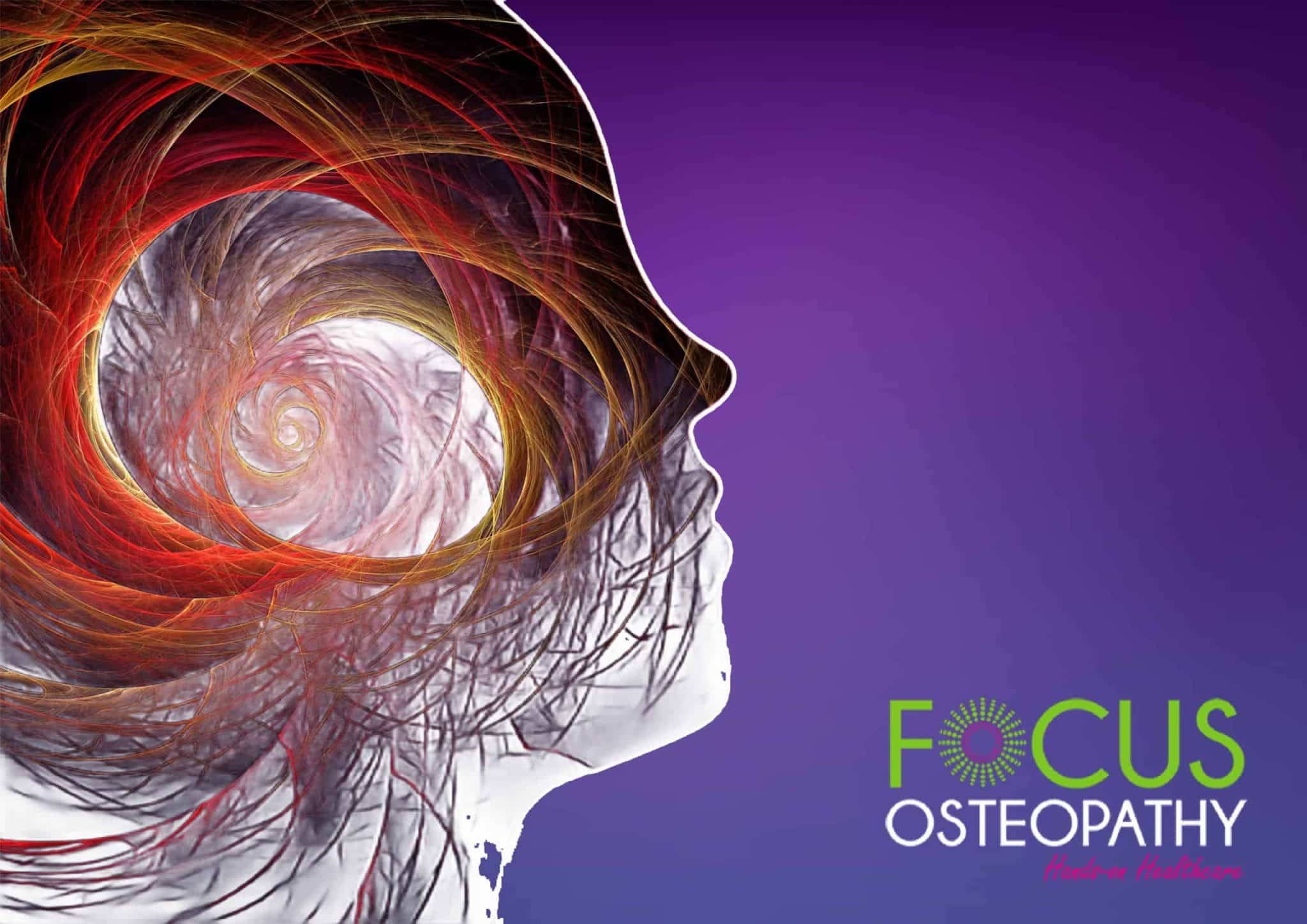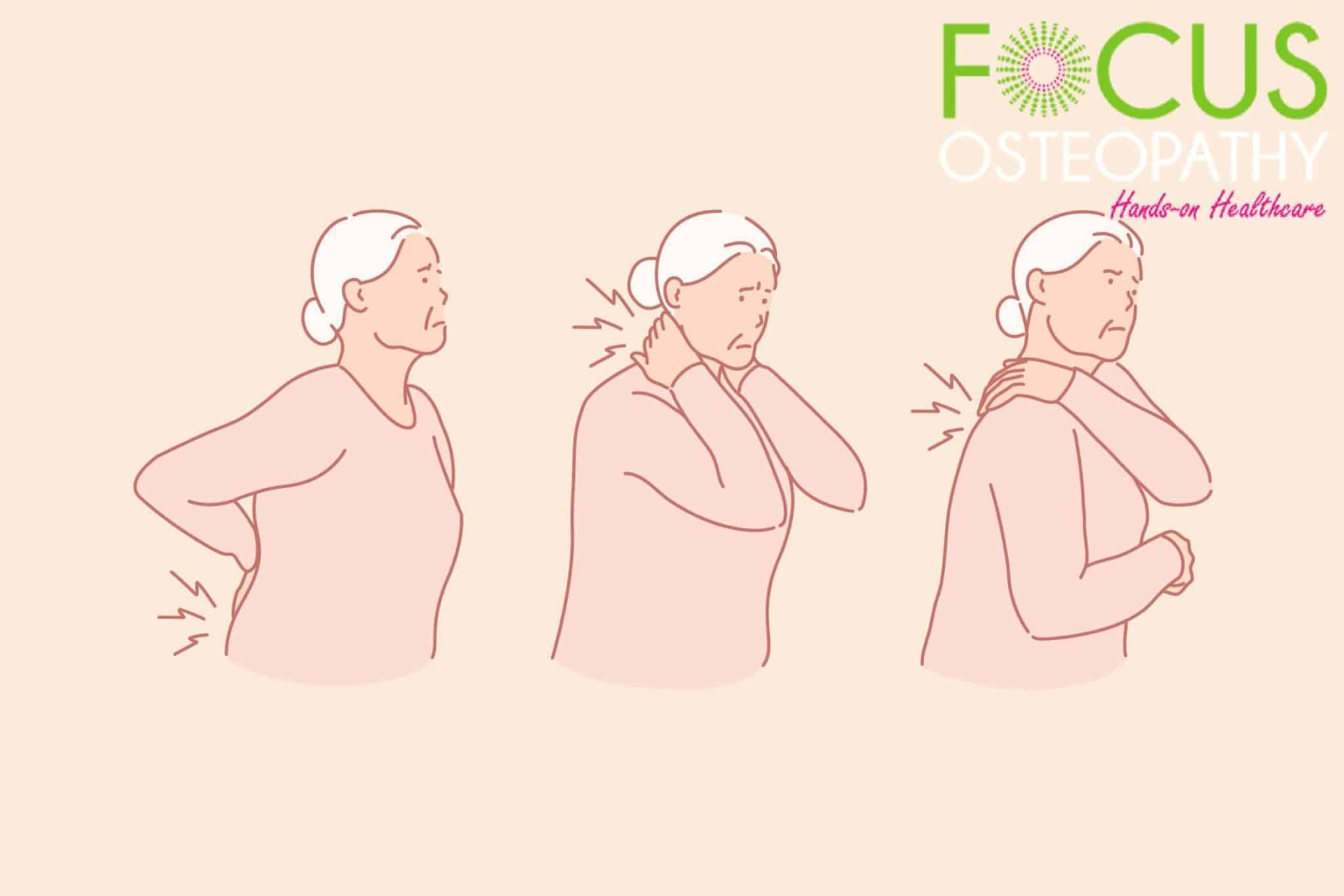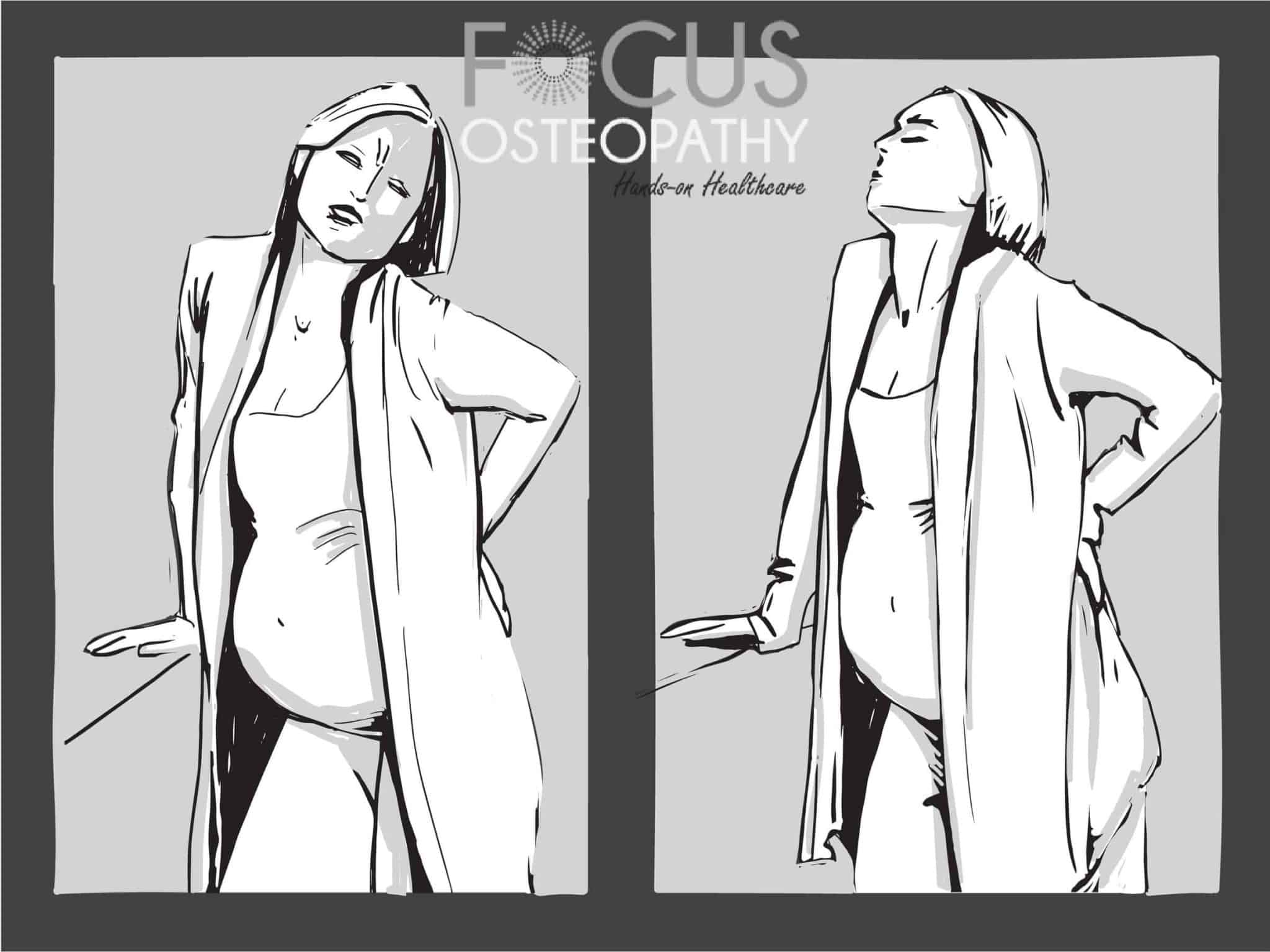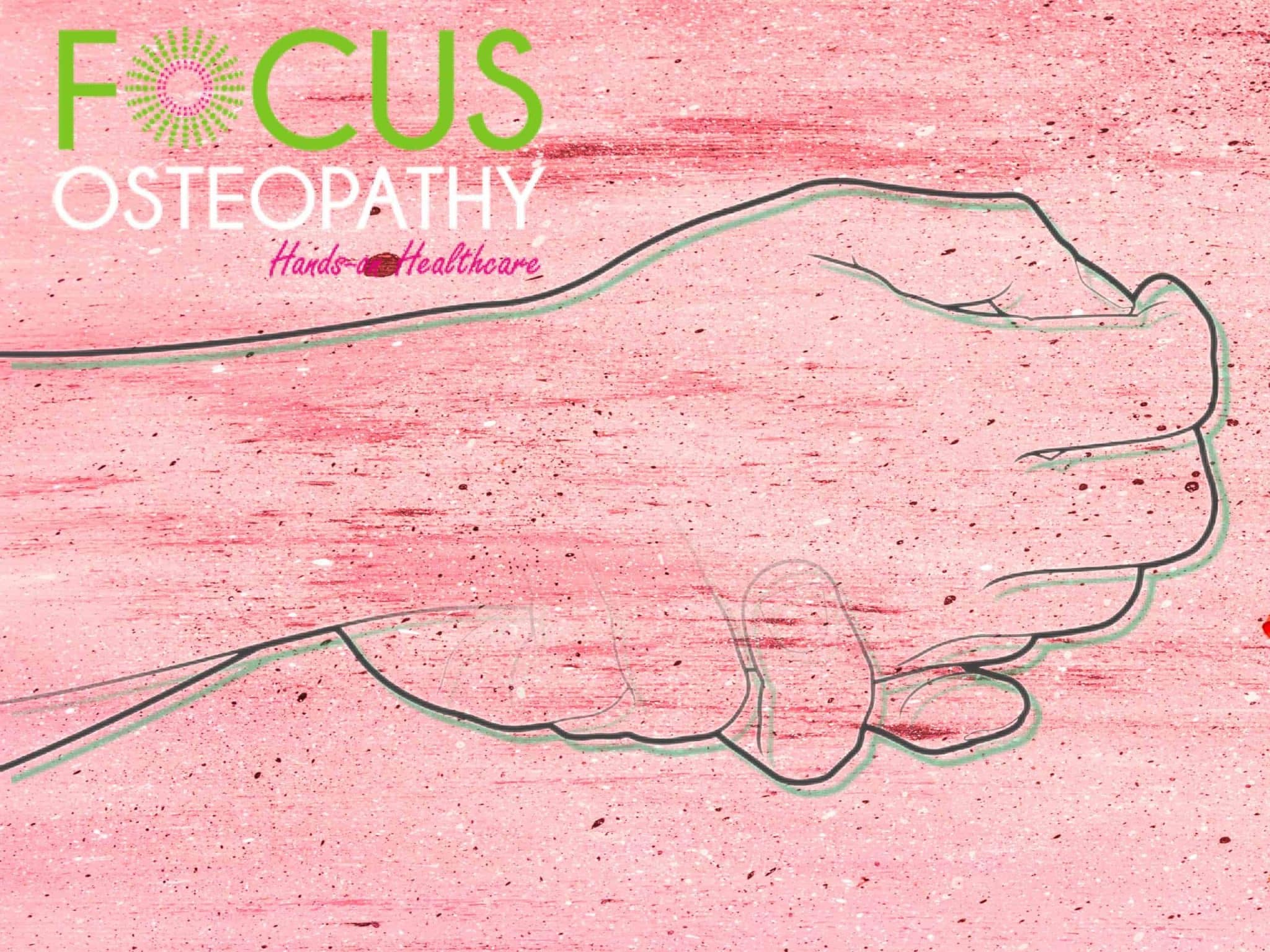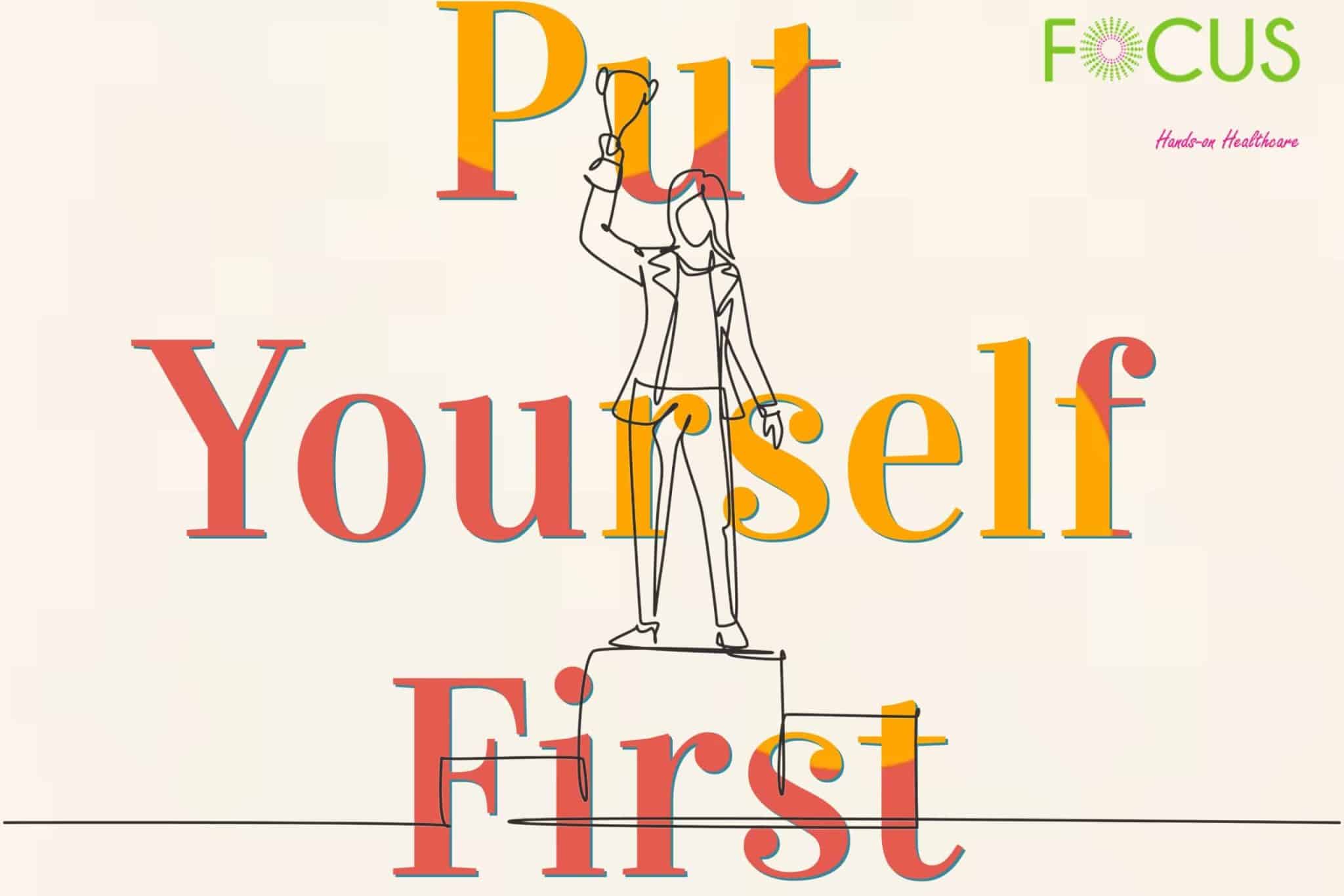“How Do I Get Rid Of Migraines While Pregnant?” 5 Expert Tips.
Pregnant? Suffering from migraines? This combination can be particularly challenging to manage, due in part to the limitations on medication use. The origin of your migraine is often put down to a change in hormones as your unborn baby develops, but that knowledge won’t suppress the spinning desire for a darkened room. However – with … Read more

